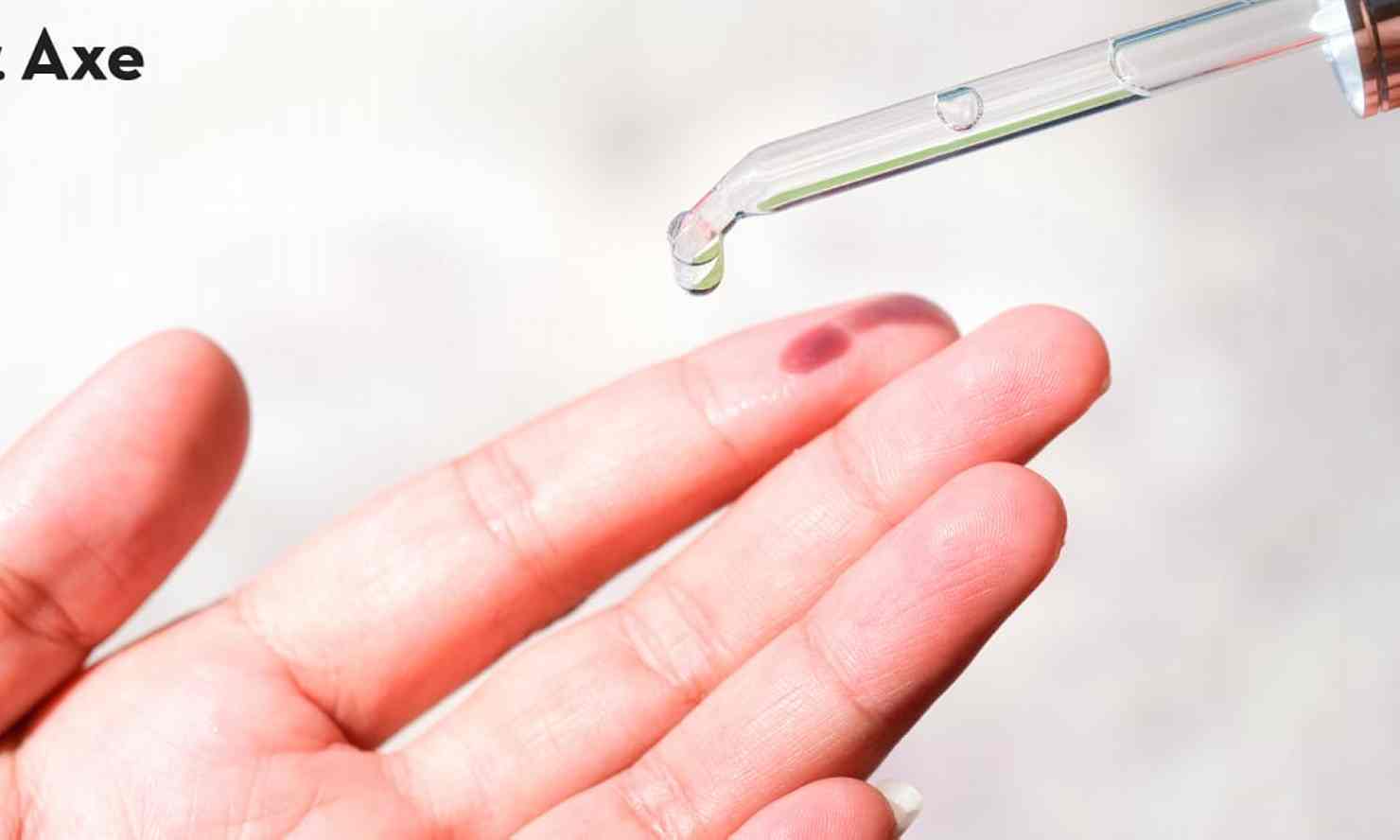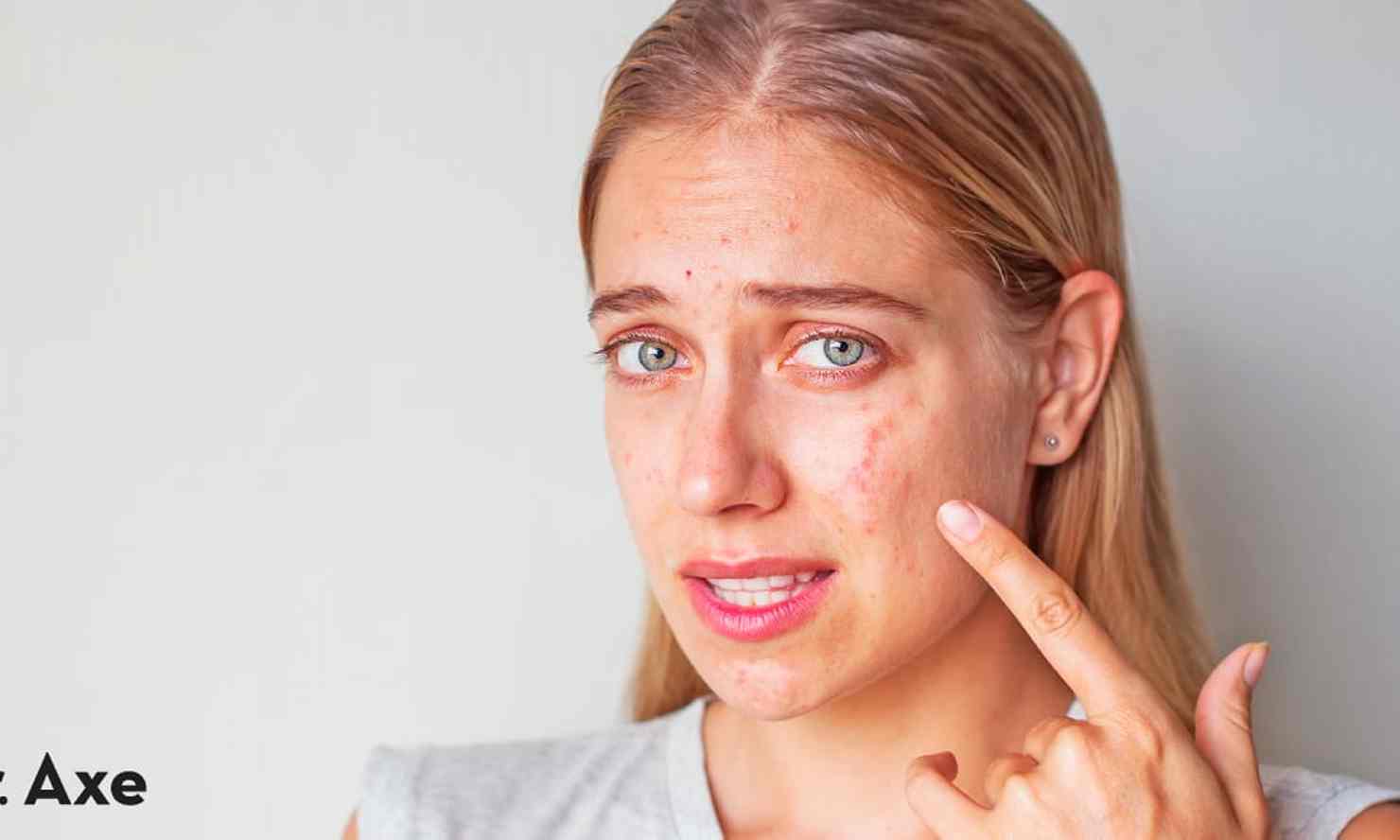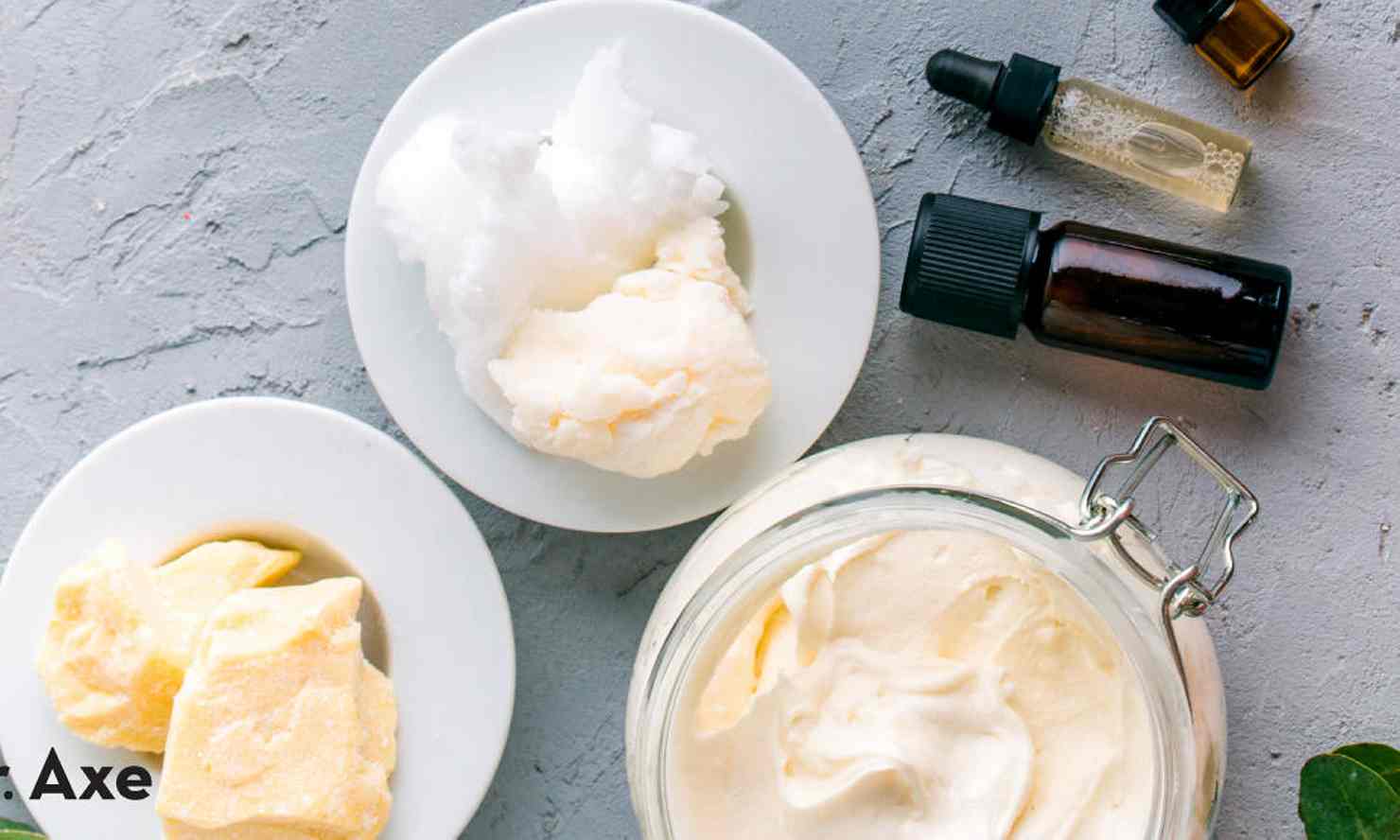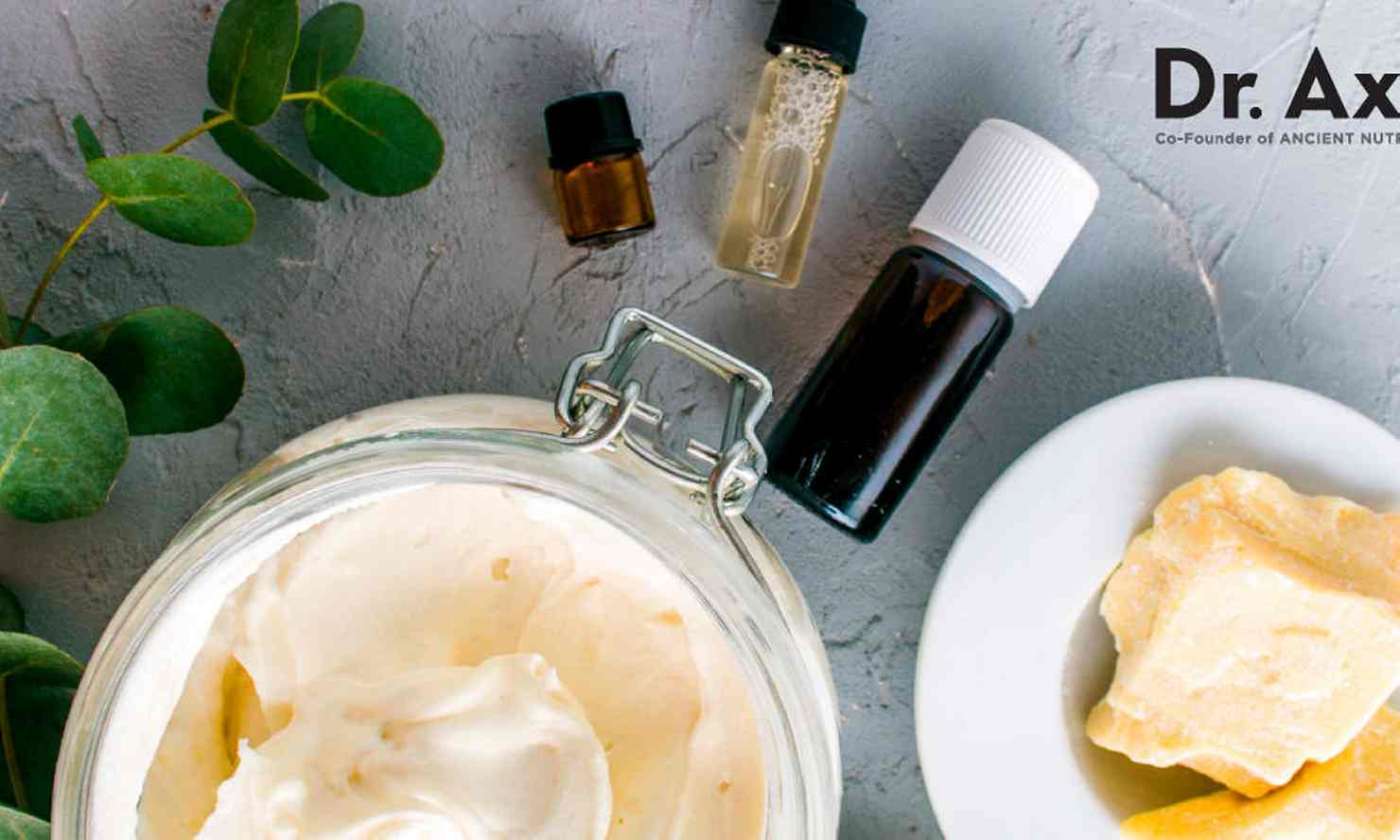
Very often, there are ingredients listed on skin care products that sound confusing and even concerning, but they are actually naturally derived compounds with potential benefits. Alpha hydroxy acid (AHA) is one example, and with several types of AHA that are commonly used in cosmetic products, their benefits and uses can become confusing.
These acids are valued for their exfoliating effects, and they’re often used in cosmetic and skin care products to improve complexion, treat acne and promote skin cell turnover. AHA-infused creams, serums and cleansers are all the rave, and for good reason.
What Is Alpha Hydroxy Acid?
Alpha hydroxy acids are a group of acids derived from plants and animals. They are used in skin care products for their anti-aging properties.
Research indicates that they are useful for improving acne, acne scars, hyperpigmentation and melasma.
There are three types of exfoliating acids: alpha hydroxy acids, beta hydroxy acids (BHAs) and polyhydroxy acids (PHAs). Among the three, AHAs are known to be the most gentle and easily absorbed into the skin.
Within the AHA category, there are several types of acids that are commonly used in skin care products, including citric, lactic, malic, glycolic and tartaric acids. Here’s a breakdown of the types of AHAs that you may come across:
- Glycolic acid is the type that’s used most often in anti-aging products because it’s able to penetrate the outer layers of skin. It comes from sugar cane and is an excellent exfoliant. It also has antimicrobial properties that help fight acne.
- Lactic acid is known to be gentler on the skin for people who are more sensitive. It’s made from lactose in milk and is touted for its anti-aging effects.
- Citric acid is derived from citrus fruits. It helps neutralize the skin’s pH levels, which is why it’s often used in serums and toners.
- Tartaric acid is made from grape extracts, and it’s often used to improve acne and signs of photoaging.
- Malic acid comes from apple acids, and it’s actually a crossover of AHA and BHA acids.
Related: Mandelic Acid Benefits for Skin Cell Turnover and Acne Reduction
Alpha Hydroxy Acid Benefits/Uses
1. Exfoliates Skin
The No. 1benefit of alpha hydroxy acids is their ability to remove the outer layer of dead skin, leaving you with a smoother, more even-toned appearance. By exfoliating old skin cells, AHAs make way for new skin cell turnover and stimulate the production of collagen, a protein that’s naturally diminished with age.
The higher the concentration of AHAs, the greater exfoliating effects you’ll experience from a product. Be careful with very high percentages of these acids, however, which can have skin-peeling effects and should be used with precaution.
2. Promotes Collagen Production
Because AHAs work to exfoliate the skin and remove old skin cells and collagen fibers, they promote the production of new protein-rich fibers that improve skin appearance. A study published in the Journal of Dermatology found that glycolic, lactic and citric acid use increased collagen production in the upper layer of skin.
3. Improves Acne
Because alpha hydroxy acids work to remove built-up dirt and debris that may clog your pores, they can help to improve or even prevent acne. A study published in the International Journal of Cosmetic Science concluded that a 4 percent solution of glycolic acid and lactic acid improved whiteheads and blackheads significantly.
4. Reduces the Appearance of Fine Lines and Wrinkles
Research shows that AHAs help increase skin thickness and smooth out fine lines and wrinkles. AHA skin peelers are used to shed the skin’s outer surface and result in improved skin texture and cell renewal.
5. Improves Blood Flow
By increasing blood flow, alpha hydroxy acids aid improves your complexion. It draws blood and oxygen to the skin’s surface, helping repair damage that may be caused by sun exposure, irritation or environmental triggers.
6. Reduces UV Damage
AHAs are often used to reduce sun spots that are caused by UV light exposure. These spots are common on your face, especially your cheeks, nose and forehead, as well as your chest and hands.
The discoloration, or dark patches, are improved by alpha hydroxy acids because they promote skin cell turnover, allowing for new, evenly pigmented skin cells to come to the skin’s surface.
Research published in the Journal of the American Academy of Dermatology indicates that when patients applied a lotion containing 25 percent glycolic, lactic and citric acid, the treatment resulted in improved skin thickness, improved quality of elastic fibers and increased density of collagen. Researchers concluded that the lotion was able to significantly reverse signs of photoaging.
Related: Succinic Acid Benefits for Skin + How to Use It
Dosage
You’ll find several cosmetic and skin care products containing AHAs on the market, including:
- face washes
- toners
- acid pads
- creams
- lotions
- peels
- serums
Studies indicate that the efficacy of AHAs depends on the concentration used in cosmetic and skin care products. The U.S. Food and Drug Administration recommends products with an AHA concentration of 10 percent or less to avoid adverse side effects.
If you use skin care products daily, go for an even lower concentration of about 5 percent.
If you’re new to an alpha hydroxy acid product, start by using it every other day. Once you rule out any adverse effects and your skin has become used to this new ingredient, you can start to use it every day.
Keep in mind it can take several weeks or even months to notice changes in your skin when using products containing AHAs. Be sure to use the products consistently, and be patient — these changes don’t occur overnight.
AHA vs. BHA
They are both acids used in cosmetics, but what’s the difference between AHA and BHA? They are both hydroxy acids that help tone, cleanse and exfoliate the skin.
The main difference between the two is what they’re derived from. AHAs are water-soluble acids that come fro sugary fruits, while BHAs are oil-soluble, with the most commonly used type being salicylic acid.
BHAs are often used for acne treatment and improving sun damage. The acids dry out oils that clog pores and remove dead skin cells.
Risks and Side Effects
Researchers suggest that there are some potential alpha hydroxy acid side effects to be aware of before use. Adverse reactions may include:
- swelling
- blisters
- burning
- pruritus (itchy skin)
The FDA reports that skin peelers that have a high AHA concentration are most likely to cause adverse effects, and these risks have diminished in recent years.
If you use AHA products regularly to exfoliate the skin, be sure to limit direct sun exposure because your skin may be more sensitive.
Conclusion
- Alpha hydroxy acid is a group of acids derived from plants and animals. Because of their impressive exfoliating effects, AHAs are often used in products for boosting skin health.
- The most commonly used AHA is glycolic acid, which is used in skin peels, toners and cleansers. Other types of alpha hydroxy acid include lactic, citric, tartaric and malic acids.
- The benefits of AHAs include the ability to promote new skin cell formation, boost collagen levels, improve complexion, reduce acne and signs of aging, and improve sun damage.





